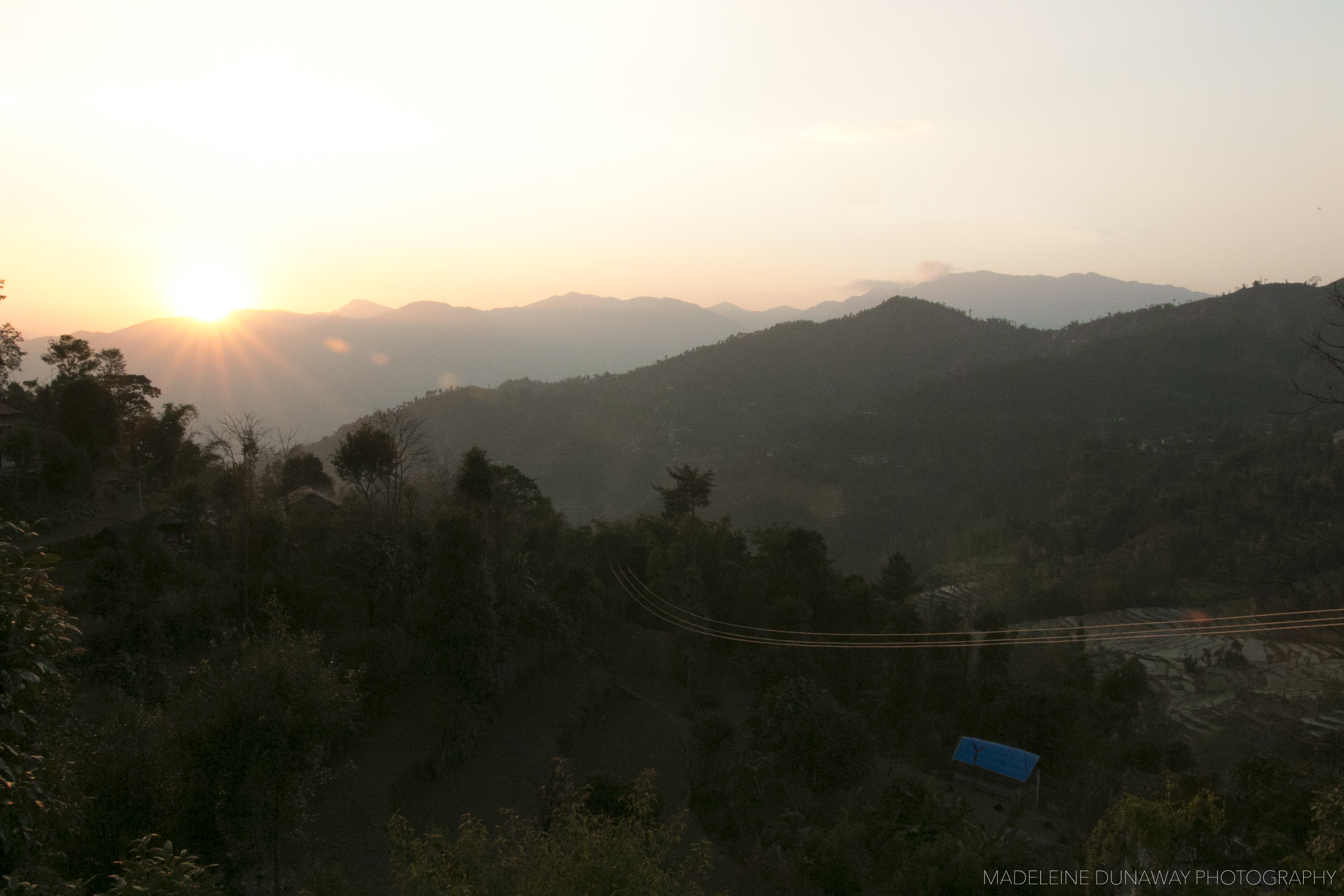Making Progress At Okhaldhunga
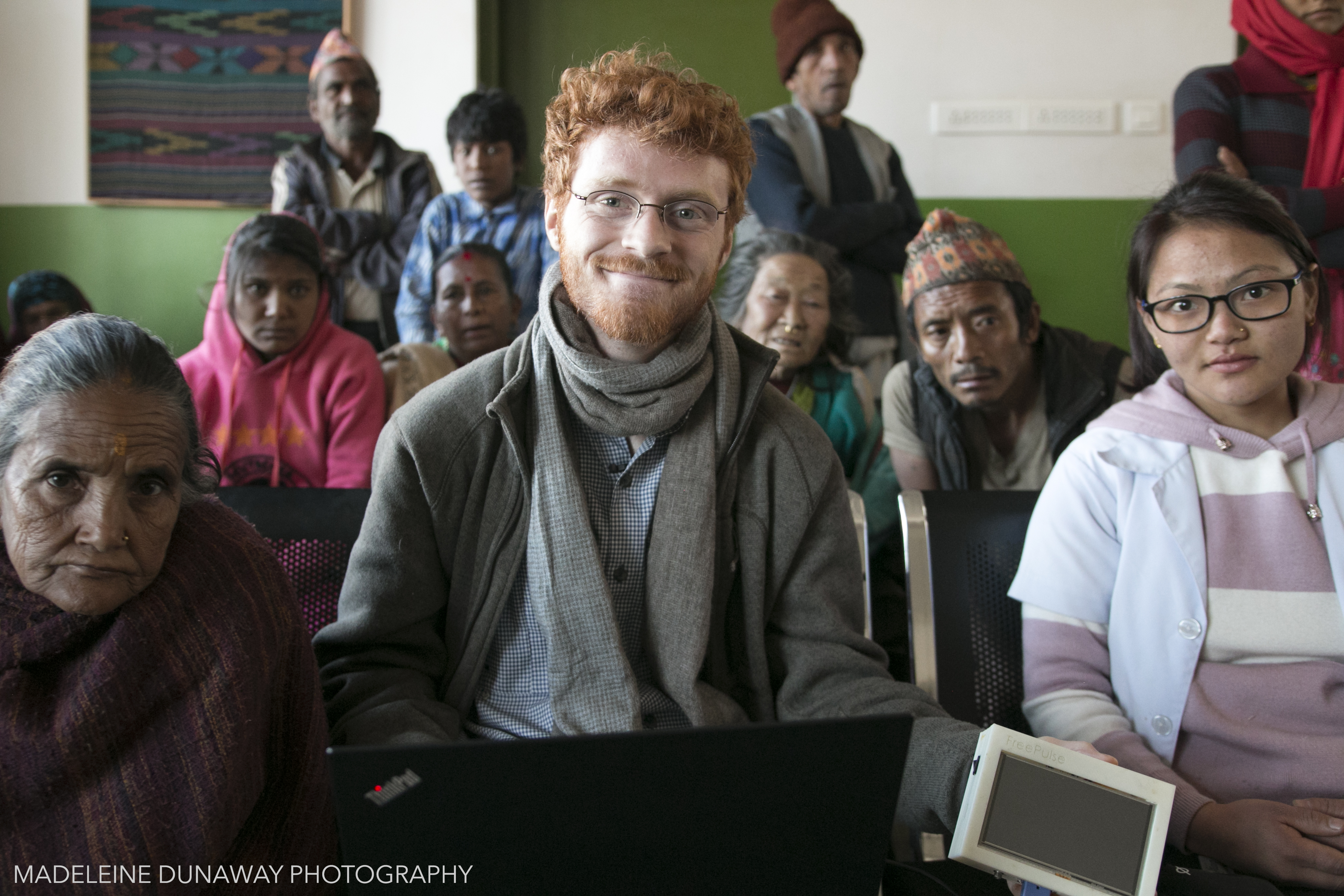
We are now two weeks into our time in Nepal performing preclinical testing on FreePulse, a low-cost patient monitor designed for low-resource hospitals. After spending our first week at Amppipal Hospital, we hopped into a jeep and had a bumpy 10-hour ride to Okhaldhunga, a district just south of the Solukhumbu region (of Mt. Everest fame). There, we began work at Okhaldhunga Community Hospital, a mission hospital that has been active in developing innovative ways to provide better healthcare to their patients. I had the privilege of working at Okhaldhunga Community Hospital a year ago as a biomedical engineer with Engineering World Health and was introduced to Dr. Erik and Kristen Bøhler, an incredibly dedicated couple who have devoted the last twelve years of their lives to growing and developing the hospital at Okhaldhunga. After introducing Dr. Erik to FreePulse a year ago and continuing our dialogue throughout the year over email, he was very excited to follow up on the project and participate in preclinical trials.
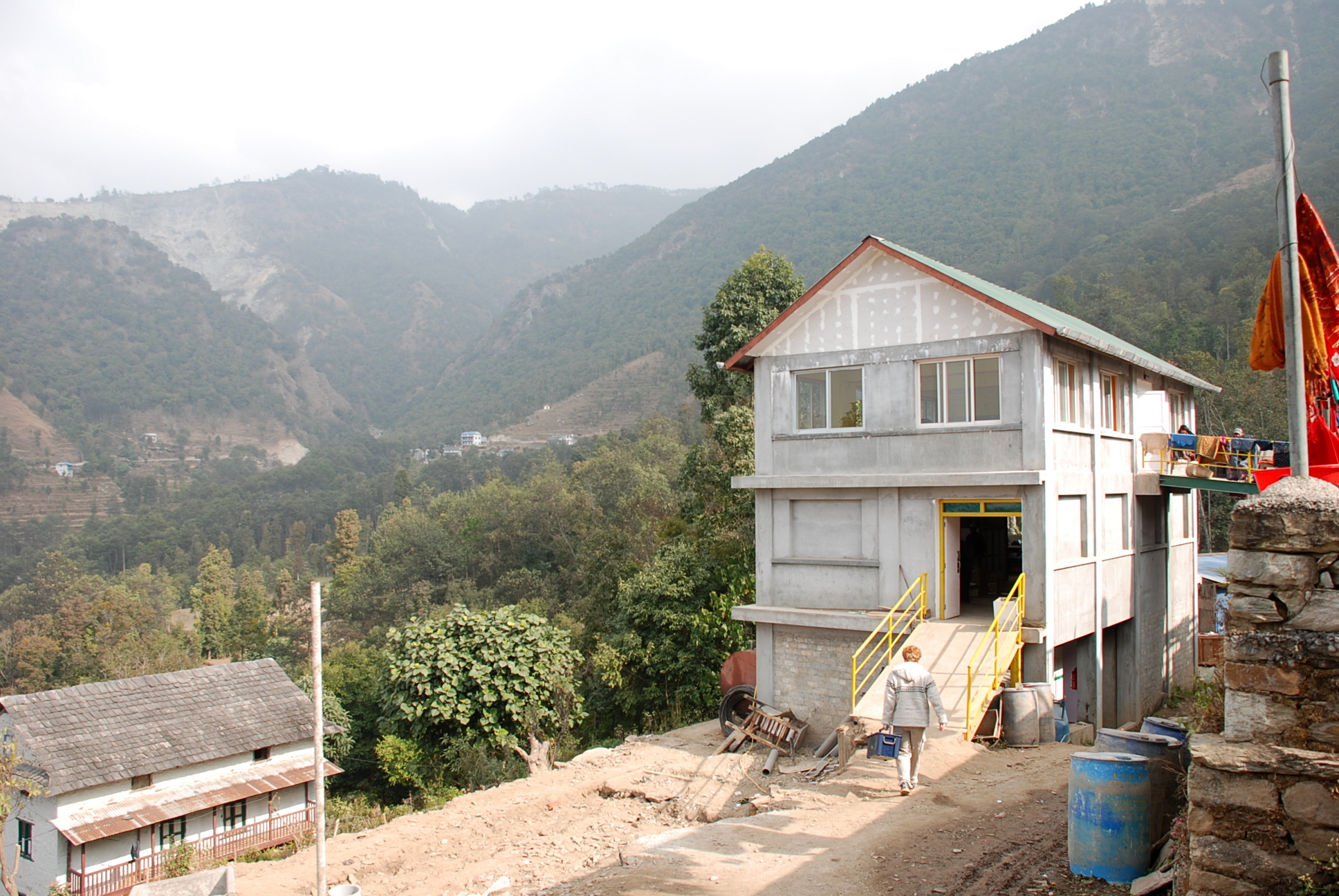
|
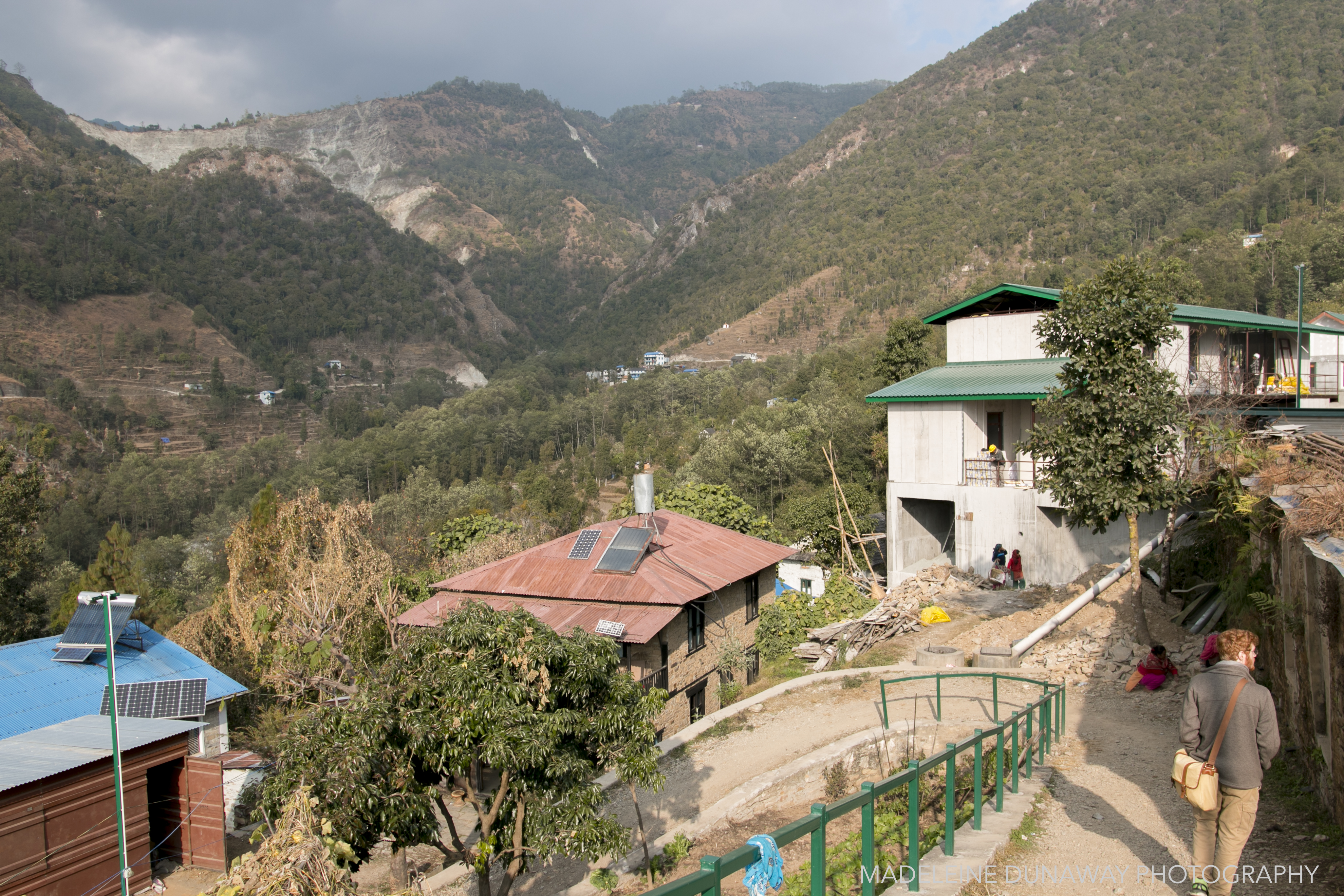
|
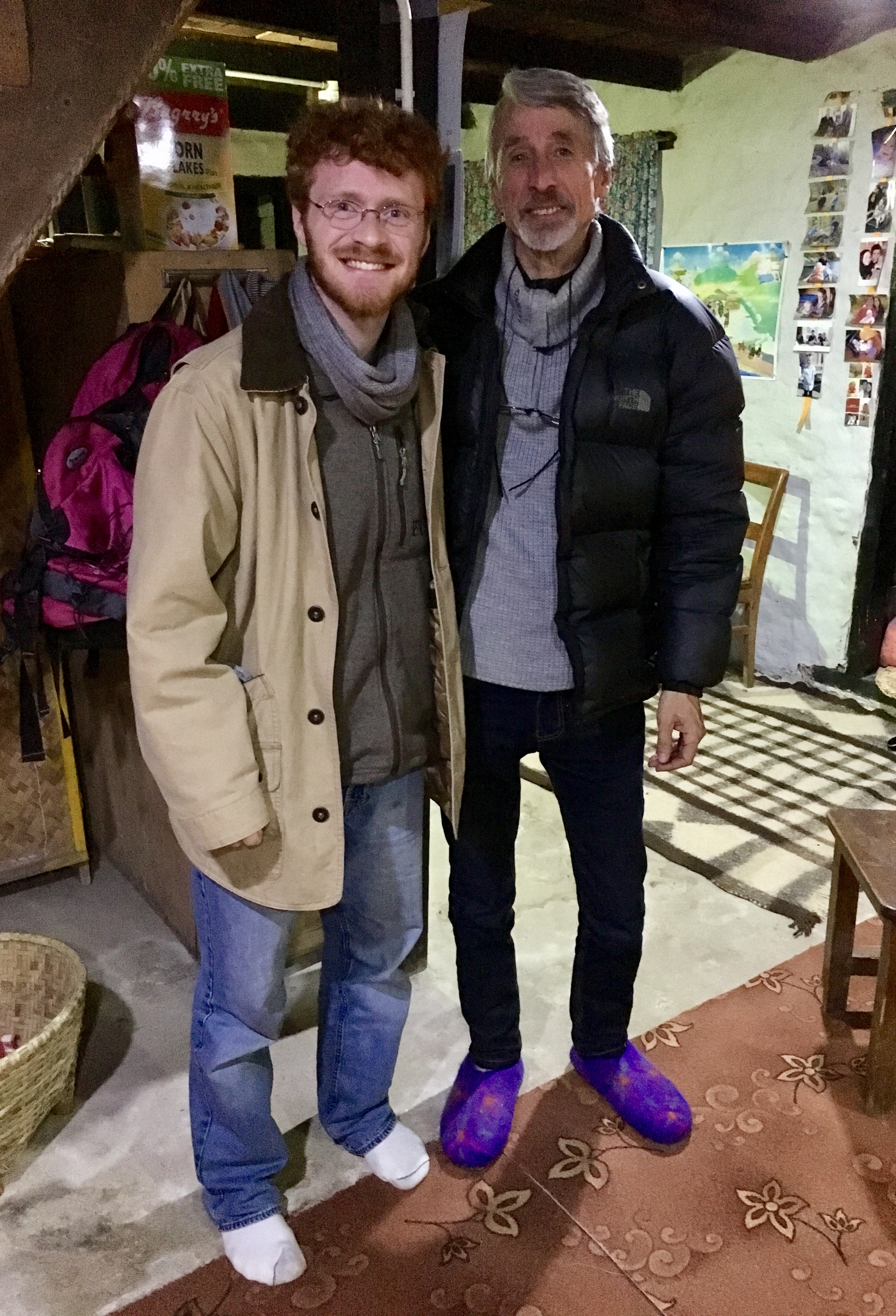
Dr. Erik was kind enough to invite us to his house for a dinner of pancakes, bible study, and an excellent carafe of french-pressed coffee
When I arrived at Okhaldhunga, I was blown away at the amount of development and improvement the hospital had made in the year since I had last visited. The new main hospital building was now open, complete with two different operating theaters; the emergency ward and microbiology lab were renovated and outfitted with new equipment; and a guest house for expecting mothers was recently completed. Everywhere I looked, I saw more buildings being constructed and more improvements being made. It is this forward-looking mindset that makes Okhaldhunga such a productive and exciting place to work, and I was thrilled to continue building relationships at this hospital and perform FreePulse preclinical trials here.
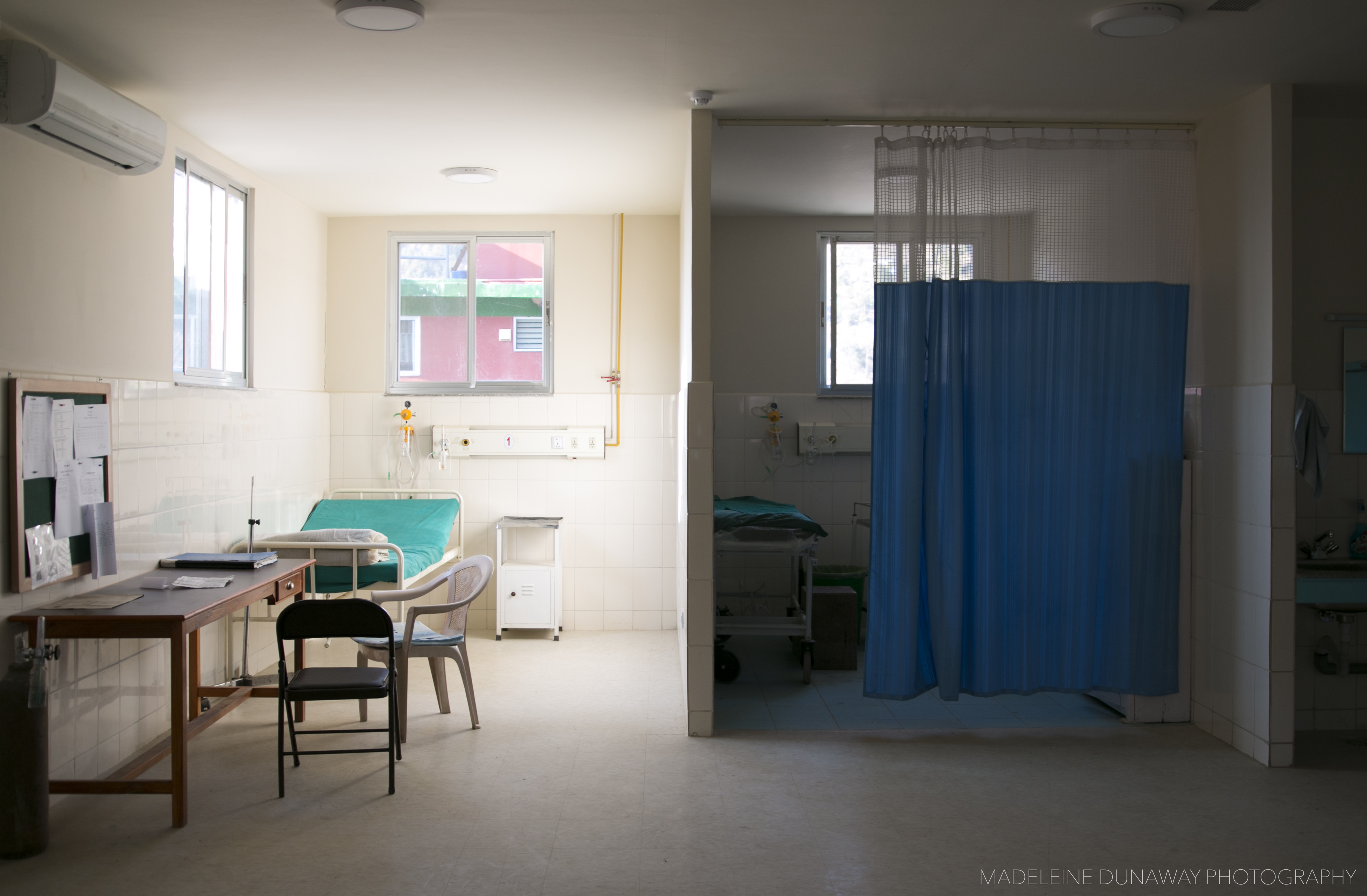
The new and improved emergency ward at Okhaldhunga
Testing FreePulse In The OPD
The first morning began with the doctors' morning briefing. We all gathered in the hospital administrator's office to touch base on the patients that came in during the night shift. After summarizing the events of the previous night, hospital director Tuk gave us the opportunity to introduce ourselves to the staff and describe the purpose of our research. This was a great opportunity to make more hospital staff aware of the project, and as a result, the head of nursing found us a nursing student and set us up in the outpatient department waiting room. We eagerly settled into our station and waited for the doors to open at 9:00 AM.
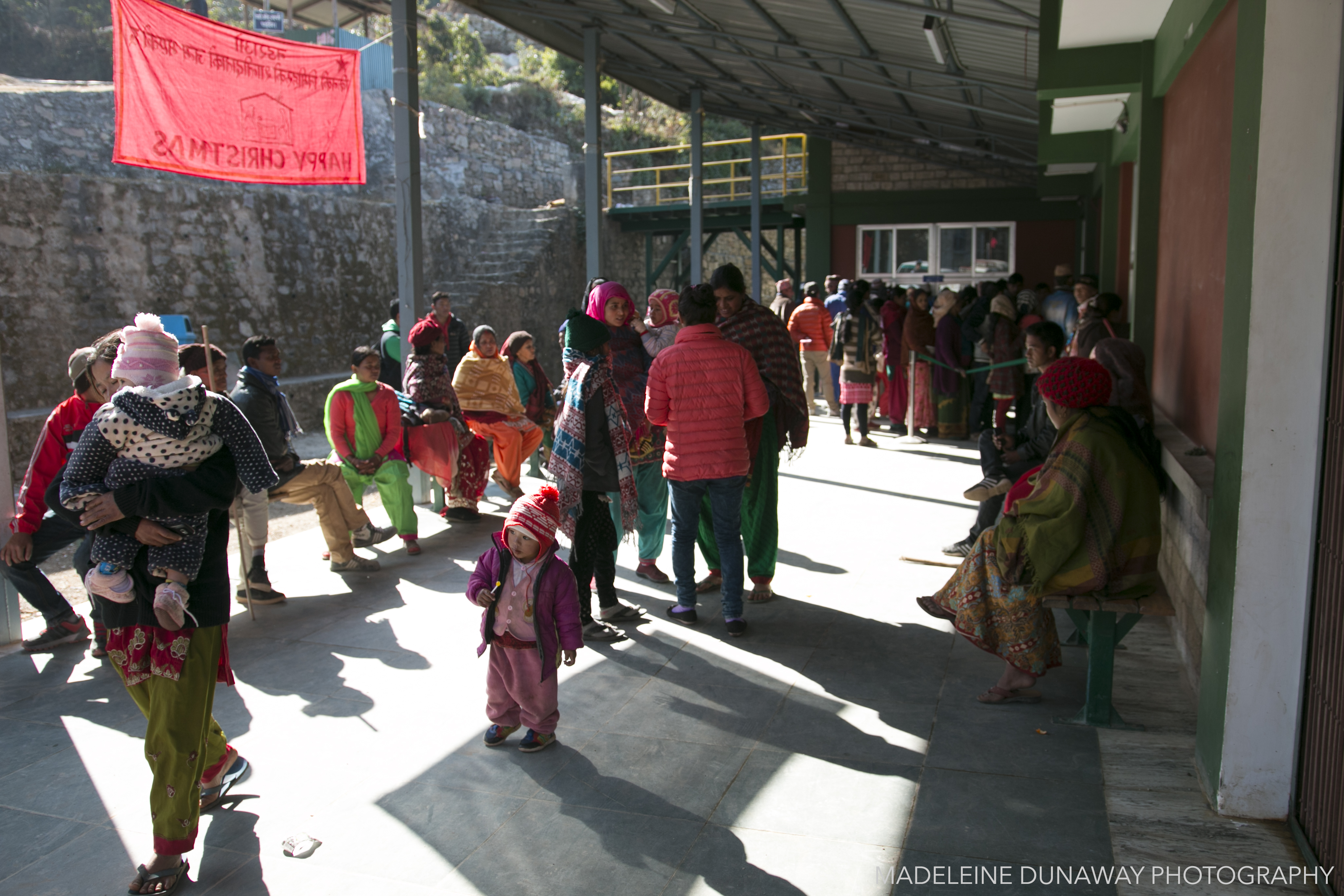
The bustling scene outside the outpatient department
Like clockwork, patients began pouring into the OPD as soon as the clock struck 9:00. The nursing staff sprung into action and worked with a dizzying efficiency: the triage nurse took blood pressure, then sent patients to another nursing student who recorded blood pressure and weight. After all these parameters were recorded, patients were then sent to our station for evaluation of the monitor before being directed to the OPD doctor. With so many patients coming so quickly, I was worried we would slow down the patient flow of the hospital!
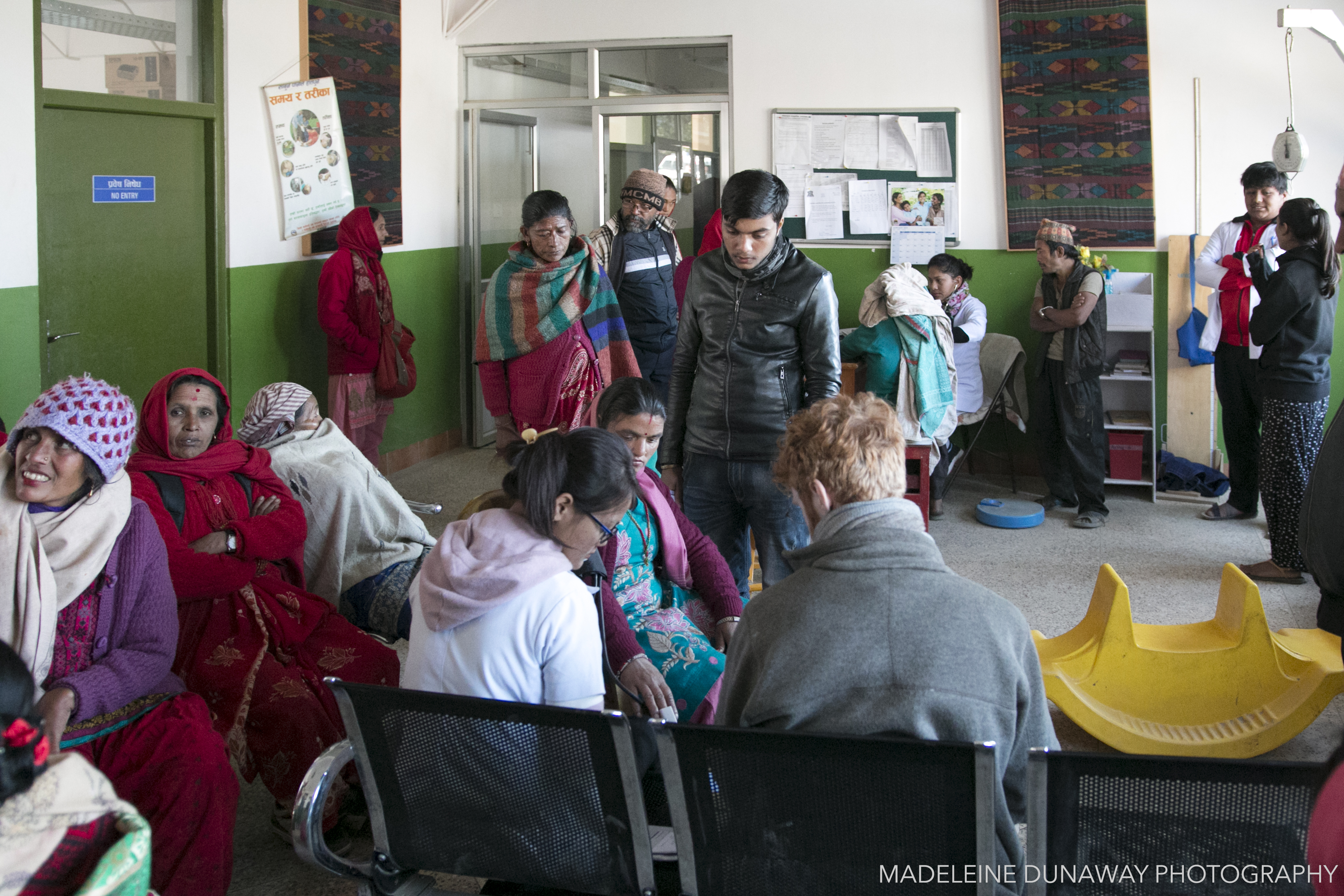
The waiting room was packed with people. Thankfully, we provided a bit of entertainment to patients as they waited for their appointments.
Once patients began coming our way, I decided that the nursing assistant should operate the monitor as much as possible to simulate actual clinical use; I simply attached the monitor to my computer, ran the data logger, and handed the device to the nurse to begin measuring the patient. With so many patients flowing through the OPD pipeline, we had to minimize time required to collect data; after the first few trials, the nursing assistant was able to collect all of the data for a patient in about 2 minutes.
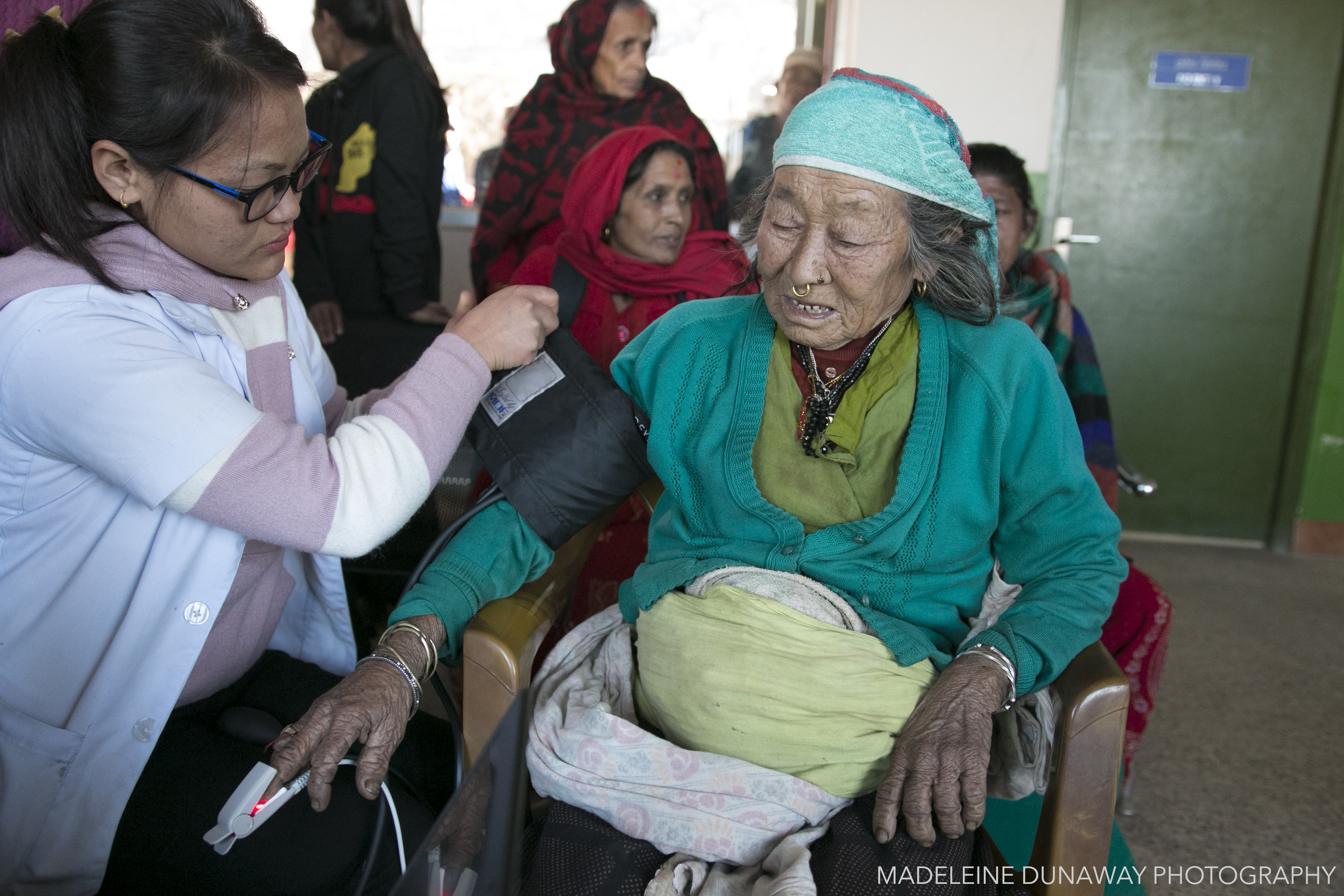
Our incredibly helpful nurse applies the blood pressure cuff and pulse oximeter clip to a patient
Of all the experiences testing FreePulse in Nepal, watching the nursing assistant use the monitor without any help was one of the most encouraging and rewarding sights I had the privilege of witnessing. Engineers strive to design systems that are so intuitive to use that they require no explanation, but this goal is often very difficult to achieve. Seeing how quickly someone learned to operate the device confirmed to me that FreePulse's design really is on the way to achieving its goal of simplicity and intuitiveness!
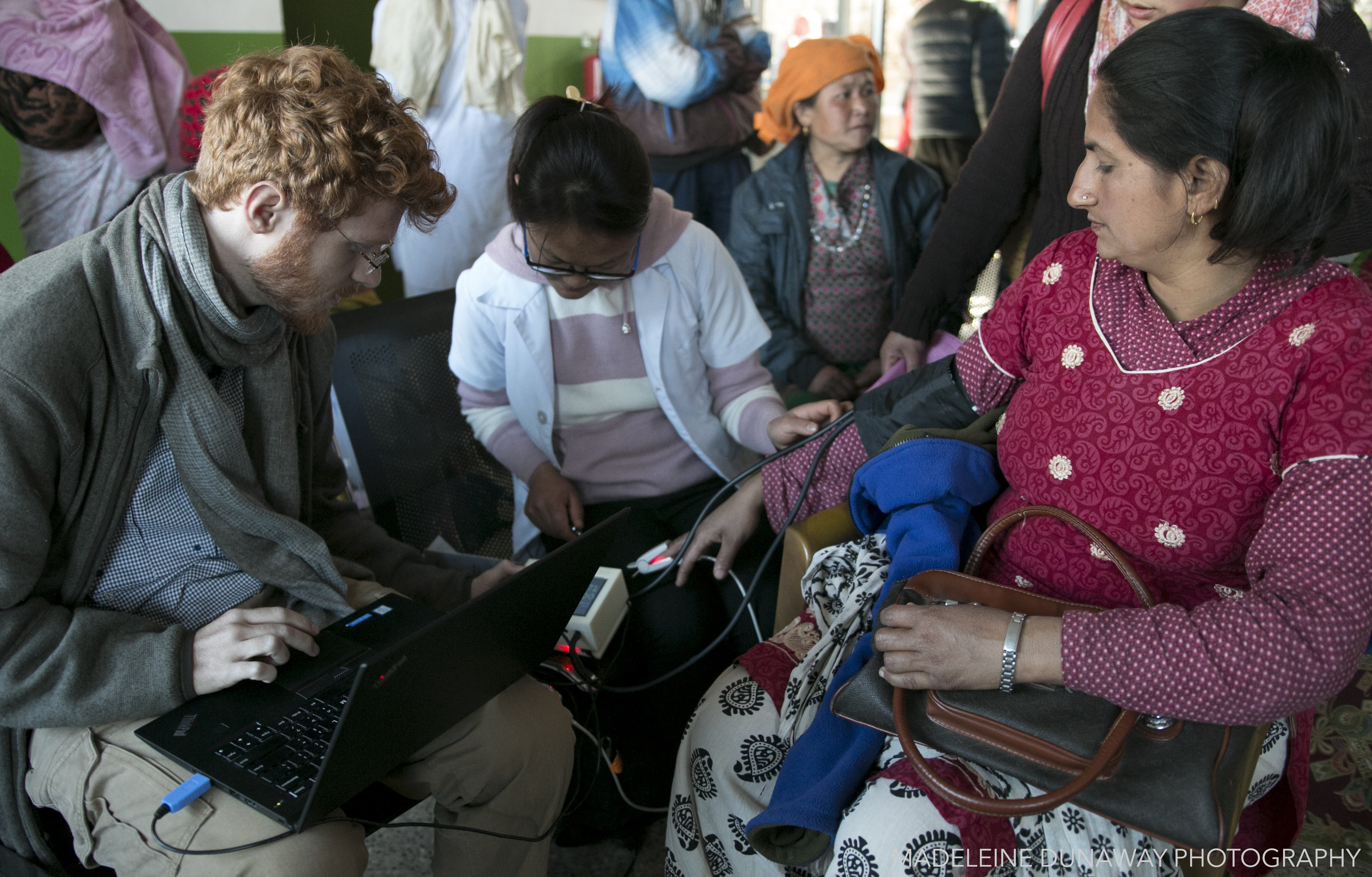
We all watch the readings from FreePulse
At the end of testing that day, we had recorded 42 patients. It was an exhausting flurry of activity and the highest density of data collection for our entire time in Nepal-- but the lessons learned from the experience extend well beyond the data collected and will benefit further development of FreePulse for a long time to come.
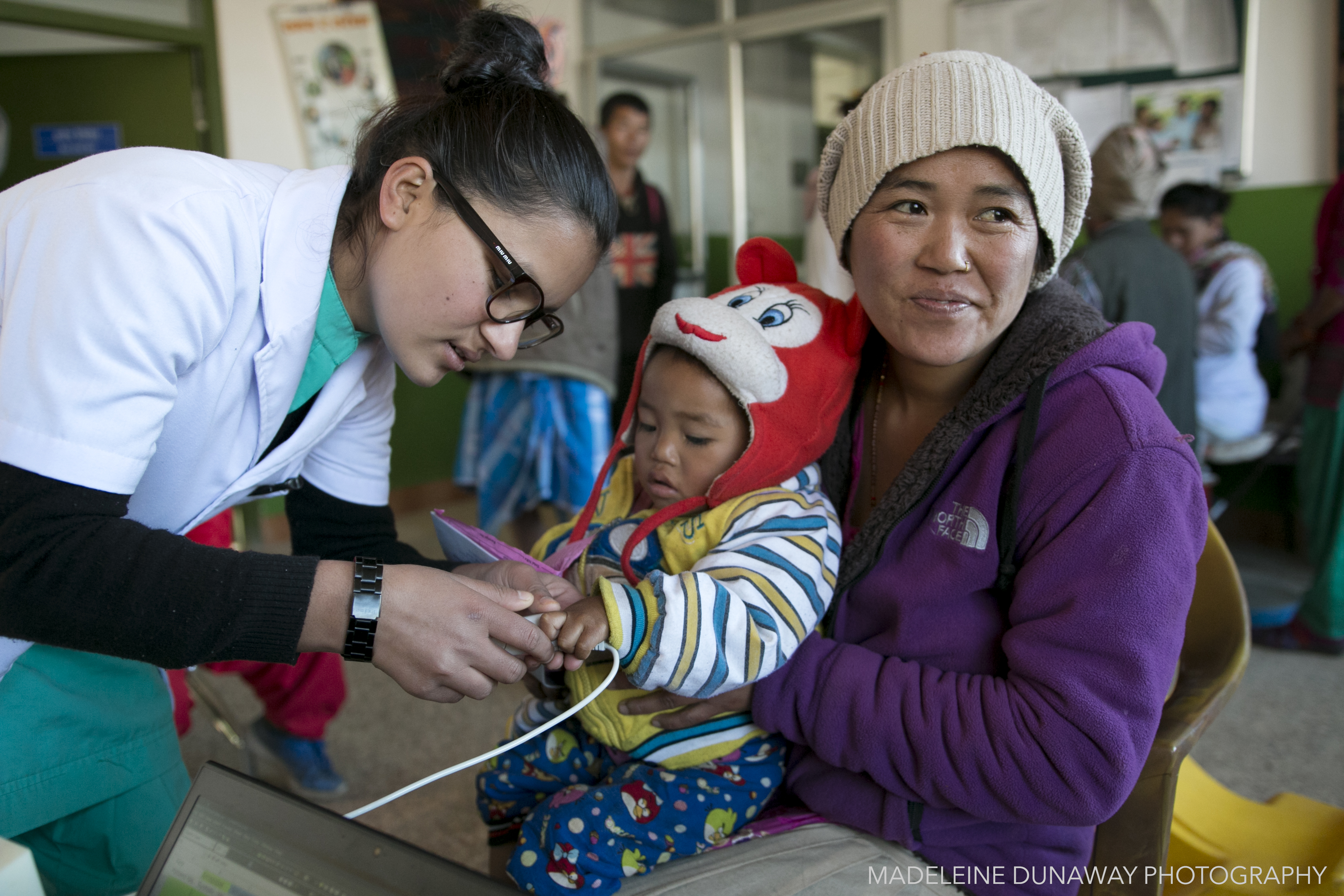
We thought we were going to measure the mother, but then she handed us her baby! The probe was a bit too big, but the mother was happy that we tried.
Building Relationships At Okhaldhunga
Even after wrapping up data collection at Okhaldhunga, there was still much work to be done. Another critical goal of our time in Nepal is focused on spending time with the doctors and staff of each hospital and better understanding their needs and the challenges they face in providing medical care. Okhaldhunga was an excellent place to learn because of how open and welcoming the doctors and staff were; they expressed excitement and engagement in the research of FreePulse and helped us as much as possible in our work. In turn, we were able to help the hospital by volunteering time fixing medical equipment and developing media content for the hospital. While these tasks were not initially in the scope of our time at this hospital, they turned out to be invaluable experiences for FreePulse.
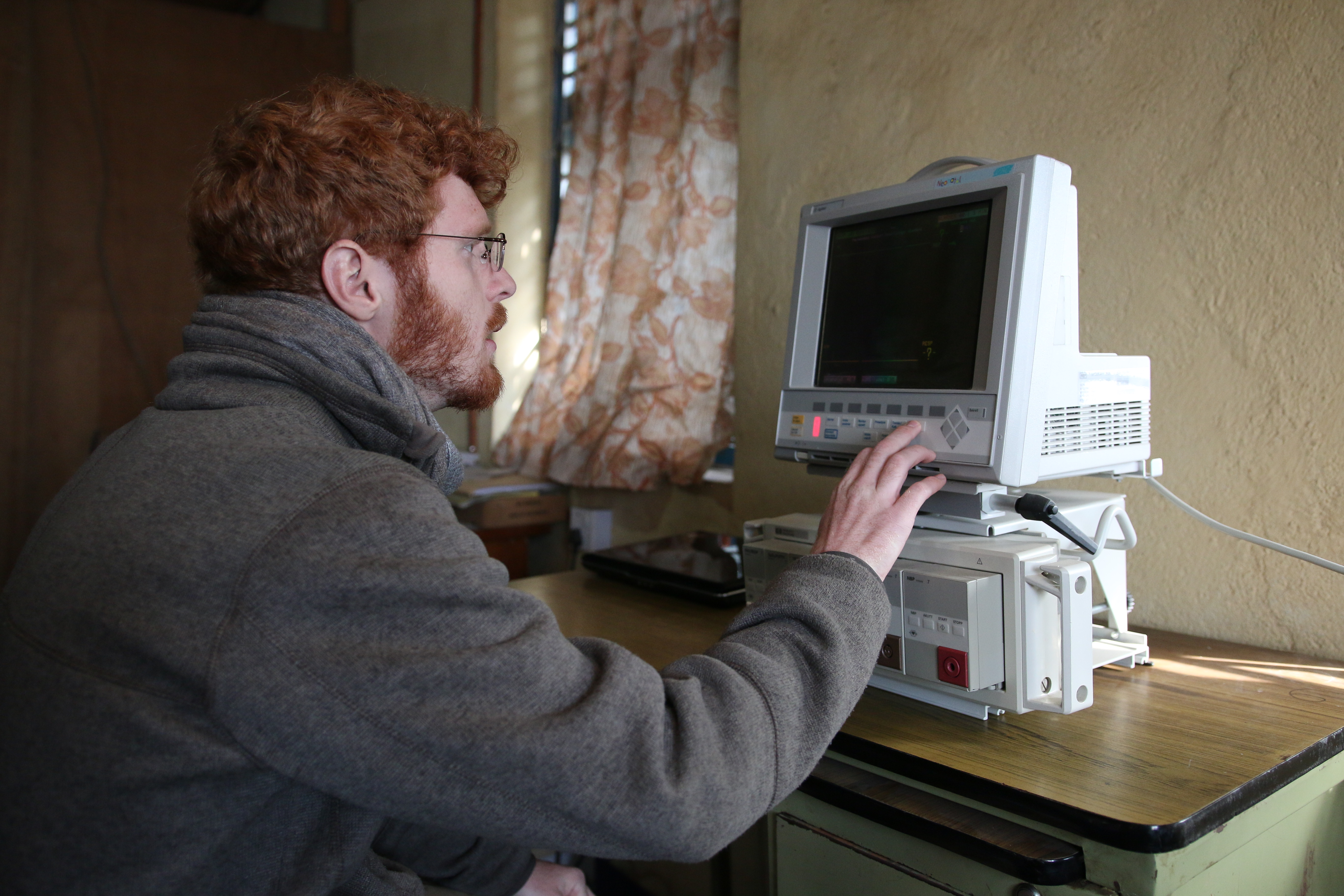
One interesting problem was a donated patient monitor stuck on a Norwegian language setting. Pro tip: keep your language menus easily accessible!
Firstly, by developing media content for the hospital, videographer Madeleine Dunaway and I were able to observe all of the hospital wards and watch how care was provided to many different patients. This gave me a better perspective on what types of wards required the use of monitoring technology; in particular, the intensive care unit and surgery wards. Those insights would not have been possible without taking the time to tour the hospital.
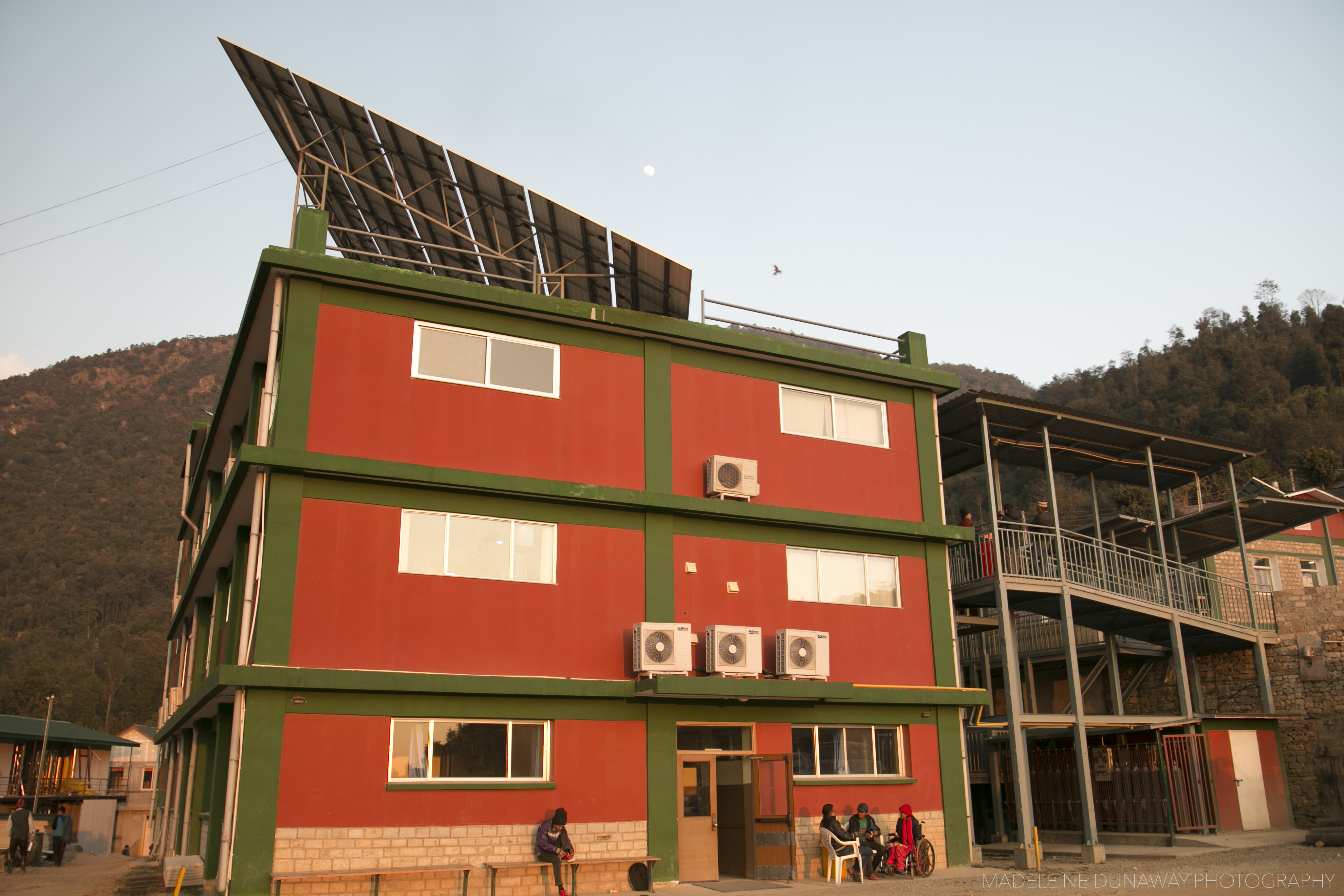
The new main hospital building at Okhaldhunga
Secondly, by spending time repairing broken equipment, I was able to survey much of the medical equipment in the hospital and see how they were being used in practice. I observed several advanced, newly donated patient monitors installed in rooms where only pulse measurement and blood pressure were being used. In addition to this, many pieces of equipment were unable to be operated due to unstable wall voltage-- sometimes there would be no wall power at all, whereas other times the voltage may surge to as much as 440 V AC. These wild instabilities in power supply prevented many sophisticated devices from being used in their intended fashion. Besides electrical difficulties, one monitor in the emergency ward was even presenting a doctor with incorrect blood pressure readings because it was too complicated to calibrate for each patient. I observed that both technical resilience and a simplified design are required for a device to perform at a high level consistently in low-resource environments.
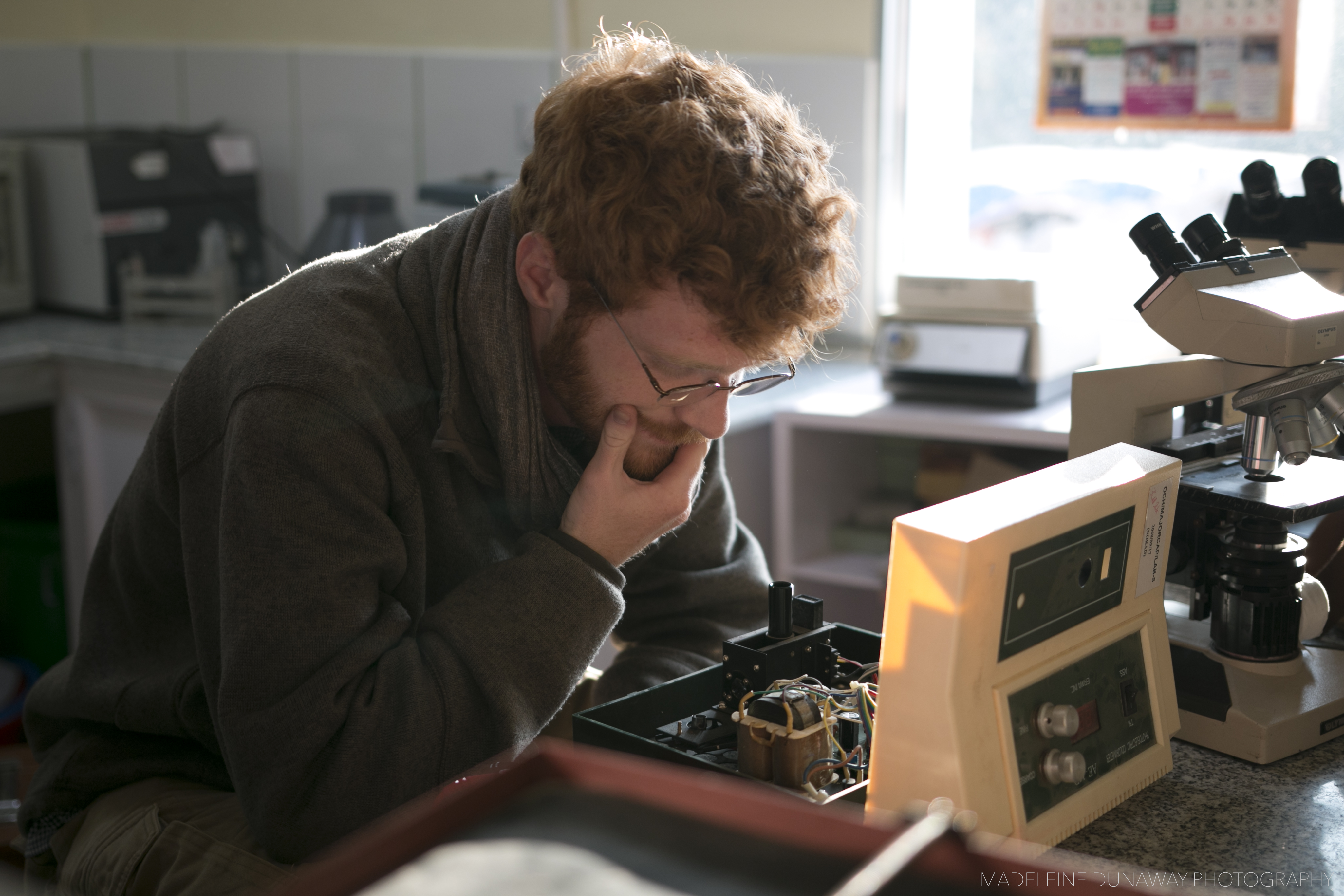
Trying to repair a broken (and aged) colorimeter in the laboratory
While it was not part of the clinical protocol, the time spent doing this "extra" work was a vital part of our time at Okhaldhunga. It allowed us to provide value to the hospital, build relationships with the staff, and gain some great insight into the benefits that FreePulse can bring to to the hospital and others like it throughout Nepal.
Next Steps
Our final hospital, Annapurna Neurological Institute, comes right at the end of our time in Nepal. After spending so many hours in bumpy jeep rides to remote corners of the country, it will be a relief to spend the last few days in Kathmandu! More posts to come as our time in Nepal comes to a close.
